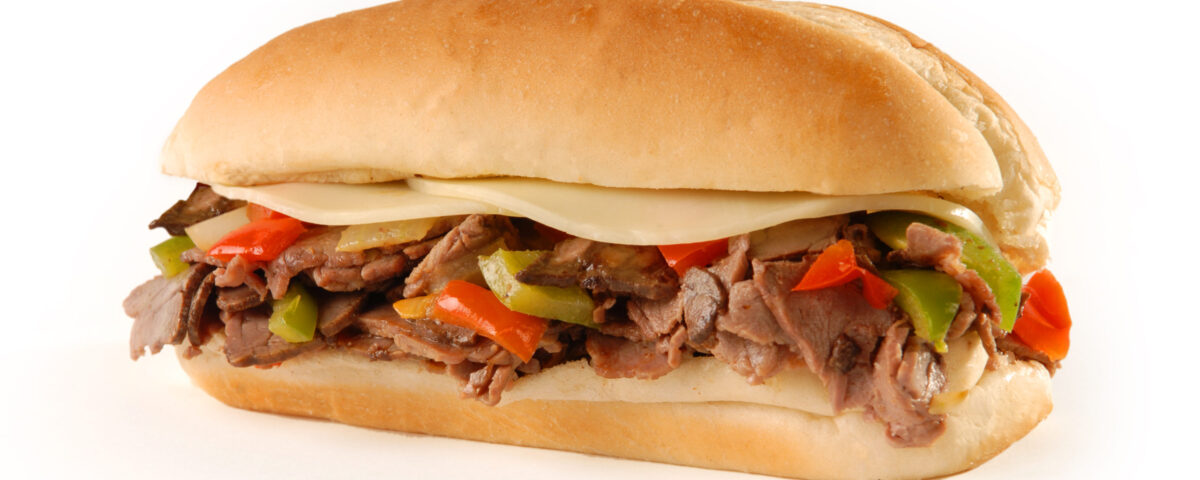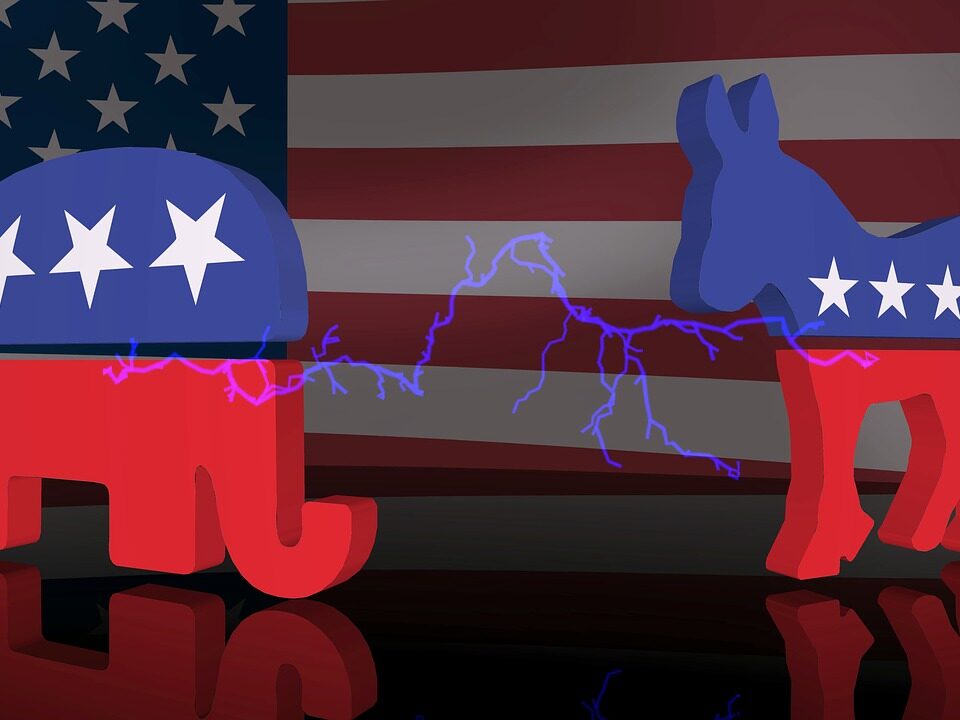
Why the Social Security Crisis Has Begun
May 13, 2015
What Your Walking Speed Tells Us
May 15, 2015You can patent a new way to make meat but not a new dress design.
A Steak-umm Patent
As Gene Gagliardi tells the story, he was in bed one night trying to figure out how a Philly cheesesteak could be made at home. Served at Pat’s or Geno’s, it was a local delicacy. But prepared at home, the meat was too tough to chew. So Gagliardi invented “restructured meat,” protected his innovation with a patent and the rest of the story is Steak-umm history.
From this (unsettling) description of “restructured meat,” we can see how it might be called an innovation:
[C]hopped and formed emulsified meat product that is comprised of beef trimmings left over after an animal is slaughtered and all of the primary cuts, such as tenderloin, filet, and rib eye, are removed … The emulsified meat is pressed into a loaf and sliced, frozen and packaged.”
Clothing
By contrast, when people design a unique type of dress, a shoe or a piece of furniture, they will have a tough time protecting what they created.
If Miuccia Prada sees a vintage jacket that she likes, she can copy it. She can even replicate it exactly and call it a Prada. However, her new jacket and most other clothing can then be copied by others because clothing is “utilitarian”. A logo on the jacket can receive intellectual property protection but not the jacket or blouse or coat or shoe.
Vegas Strip Steak
While restructured meat is patentable and most clothing is not, we appear to have some blurry territory for a new way to cut up a gristly fatty part of a cow. Calling it Vegas Strip steak, Oklahoma State University has sought a patent for new knife strokes that wind up with a relatively inexpensive and yet tender steak. Assessing whether they will get their patent, one analyst suggests the key issue here is, “… when a naturally occurring material is isolated from its natural source, is it patentable? And how isolated does that material have to be?”
Our Bottom Line: Intellectual Property
Having looked at meat and fashion, where are we?
We can note that George Mason economist Alex Tabarrok believes that innovation is constrained by patents:

But we should also remember that as Secretary of the Treasury, during the 1790s, Alexander Hamilton promoted a patent system because he was convinced it would foster invention, protect infant industries and stimulate economic growth.
![econlifelogotrademarkedwebsitelogo[1]](/wp-content/uploads/2024/05/econlifelogotrademarkedwebsitelogo1.png#100878)




